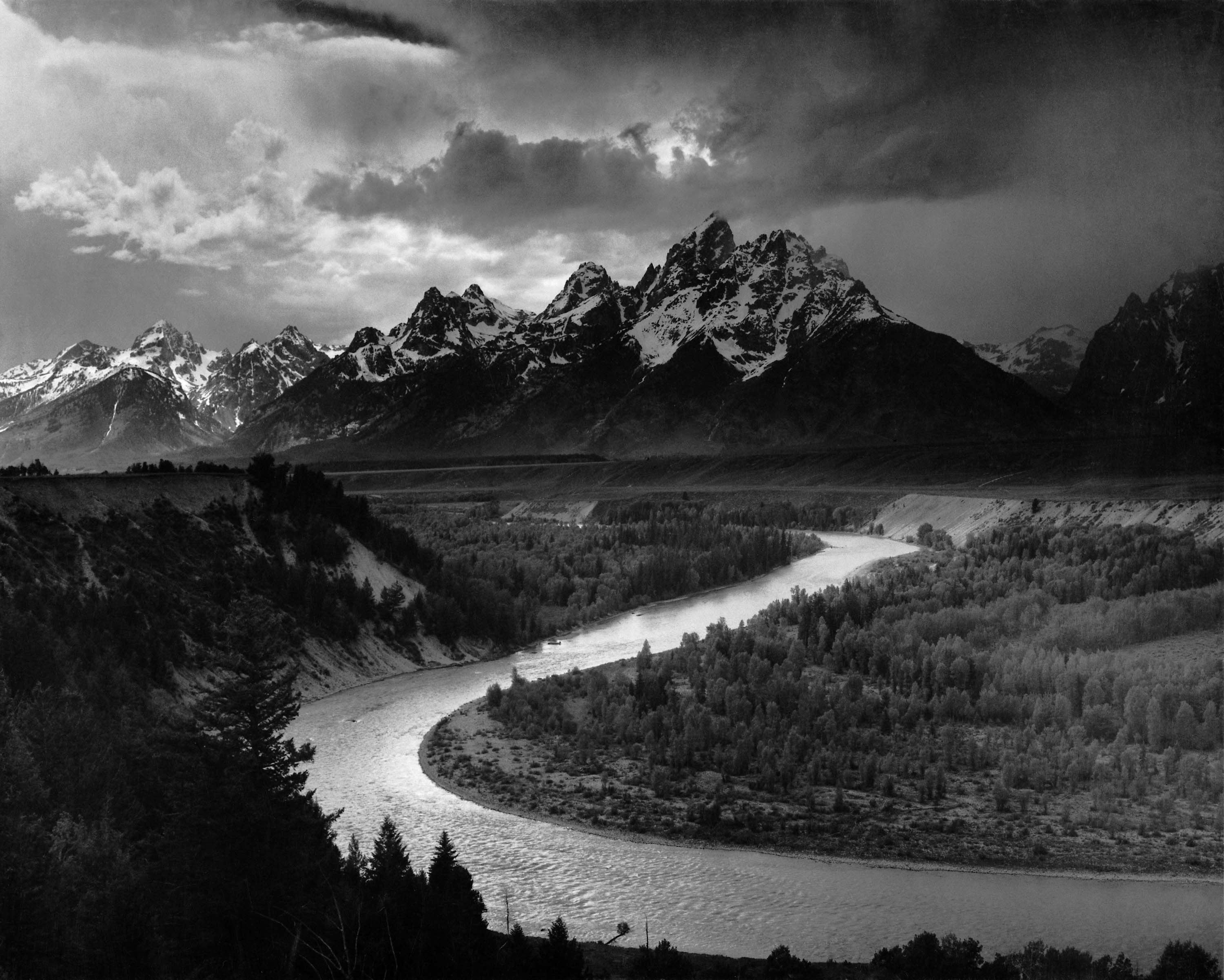Voyager 1 has left the solar system, but what message is it carrying to the stars?
The Golden Record is a gold-plated copper phonograph carrying images and audio recording of humanity and the animal life of Earth

Launched 36 years ago in September 1977, the Voyager-1 spacecraft (alongside its twin, Voyager-2) was built to carry out a Planetary Grand Tour.
Now, after travelling almost 19 billion kilometres (12bn miles) from Earth, Voyager-1 has become the first man-made object to leave the solar system. But it’s not just sending back signals to Earth, Voyager-1 is also carrying a present for anyone who finds it: the Voyager Golden Record.
American astronomer Carl Sagan described the inclusion of the Golden Record on the Voyager spacecraft as launching a message in a bottle “into the cosmic ocean”: “[it] says something very hopeful about life on this planet”.
Encoded on the disc is a compilation of sounds and images intended to encapsulate the diversity of life on Earth, as well as outline humanity’s basic knowledge of physics, chemistry and astronomy.
Although the Golden Record is not a serious attempt to contact extraterrestrial life, the contents of the disc were still a subject of great debate. Which music and which images would be chosen to best represent the human species? The choices were made by a committee headed by Sagan, with contributions from Rolling Stone contributing editor Timothy Ferris, author Ann Druyan, and artist Jon Lomberg.
Here are some of the items they chose to include:
Music:
The eclectic 90-minute mix of humanity's greatest hits includes tracks from all over the world. Although there was a fair share from the 'Western canon' (including the 1st movement from Beethoven's Fifth Symphony; the 1st movement of Bach's Brandenburg Concerto No.2 in F Major; and the Sacrificial Dance from Stravinsky's Rite of Spring ballet) there are also many examples of 'world music', including a haunting Night Chant performed by Navajo Indians and an example of Senegalese percussion by Charles Duvelle.
More contemporary tracks included Dark Was The Night by Blind Willie Johnson and Johnny B. Goode by Chuck Berry (above). When members of the selection committee objected to the inclusion of Berry's 1958 hit by arguing that it was too adolescent, Carl Sagan reportedly replied that "there are a lot of adolescents on the planet." The track stayed.
(click here for a full track listing from the Golden Record)
The front and cover of the Golden Record. The cover on the right includes a number of diagrams indicating how to play the phonograph, and a rough map to our Sun as defined by known pulsar stars.
Greetings from Earth:
As well as the musical songs, there are also a series of 55 greetings collected in different languages from all around the world. The opening welcome was recorded by the then Secretary General of the UN, Kurt Waldheim:
"I send greetings on behalf of the people of our planet. We step out of our solar system into the universe seeking only peace and friendship, to teach if we are called upon, to be taught if we are fortunate."
(click here to listen to the message in full)
For each language the exact wording of the greeting was left up to the individual who recorded the message. Although all the messages were brief, some were especially short: the Hebrew greeting is simply 'Peace', whilst the Hittite one says just 'Hail'.
Others were more elaborate with the Amoy-speaker (a dialect of Chinese) saying "Friends of space, how are you all? Have you eaten yet? Come visit us if you have time"; whilst the Indonesian greeting perhaps predicts that if these messages were to reach anyone, it might be long after humanity has ceased to exist: "Good night ladies and gentlemen. Goodbye and see you next time."
(click here for a full list and audio recordings of the greetings)
Ourselves and our planet:
116 images were included on the Golden Record covering a range of topics and selected to convey as much information as possible, rather than fit any aesthetic ideal. The first six included a series of basic maps and diagrams, illustrating the location of our solar system, our systems of notation and various weights and measurements. Images of Mercury, Mars, Jupiter, Earth and the Moon were next, followed by anatomy illustrations, and pictures of peoples and animals from around the world.

Pictures were taken from the U.N.'s archives, from National Geographic and from Sports Illustrated. Some were harder for the committee to source however, and instead they ended up composing their own. The above image may seem somewhat curious but it ably demonstrates the human use of the mouth in licking, eating and drinking (the sound of a kiss was also included on the record).
As well as pictures of the wildlife of Earth, there were also examples of our planet's diverse geography and architecture. A picture of Oxford's dreaming spires made the cut, as well as The Great Wall of China, the Taj Mahal and the Sydney Opera House.

(see here for a full gallery of the included images)
Although with such limited space the Golden Record could never claim to be representative, there were still notable absences. No images of war were included, in case extraterrestrials interpreted these as aggressive rather than a honest portrayal of human life, and political and religious subjects were also avoided.
Voyager-1's power source (a lump of plutonium-238) will stop supplying electricity to the craft in approximately 10 years time, at which point its instruments and transmitter will switch off. However, the probe will still continue on its journey, travelling at approximately 100,000mph, with the Golden Record and its contents on board.
Join our commenting forum
Join thought-provoking conversations, follow other Independent readers and see their replies
Comments
Bookmark popover
Removed from bookmarks